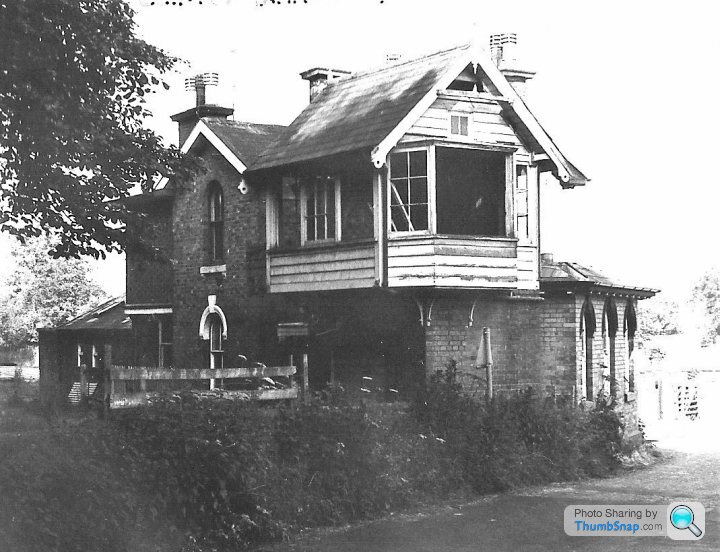Loco sheds and other railway buildings...
Discussion
Some more odds and sods -
Crewe North stabling point in June 1969, D423 is still waiting to have its multiple working gear fitted on the front of the cab....
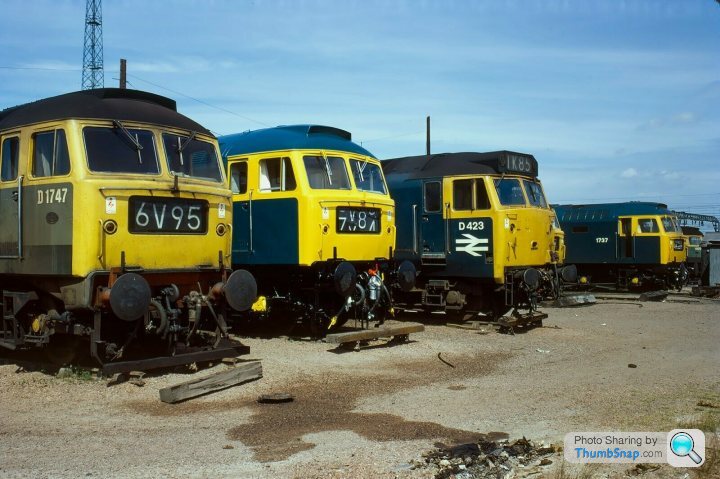
Newfangled AC electrics at Rugby Midland in 1966....
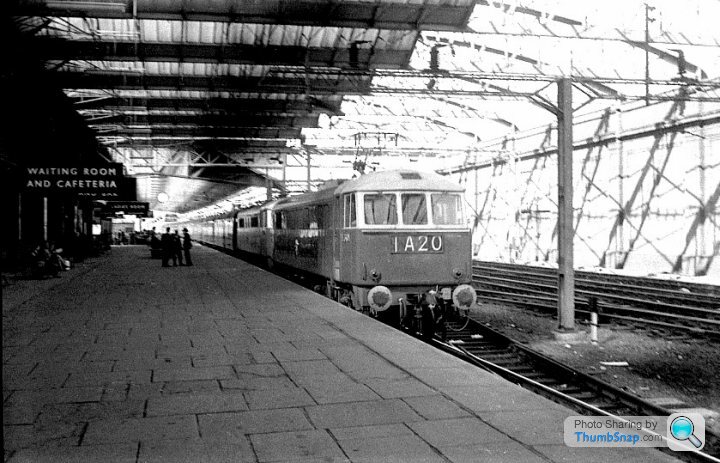
Swindon Works open day in 1974....
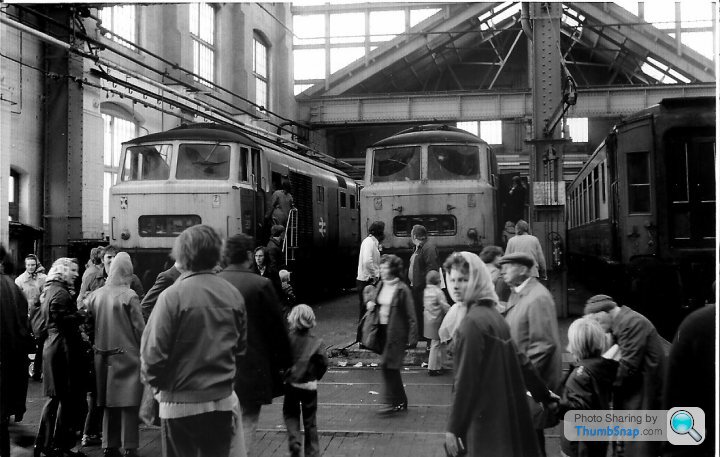
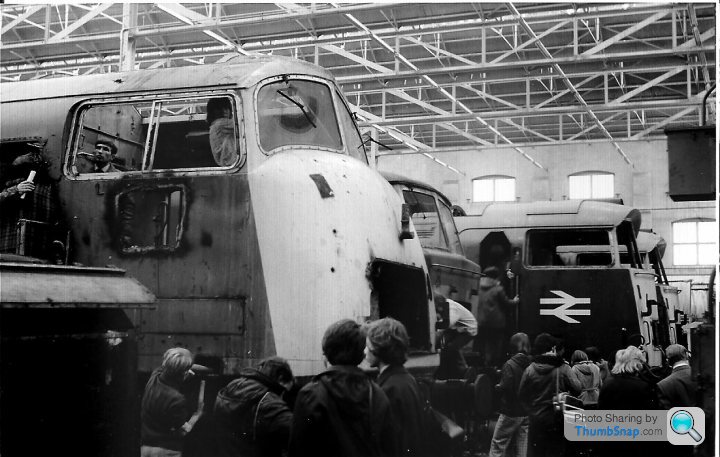
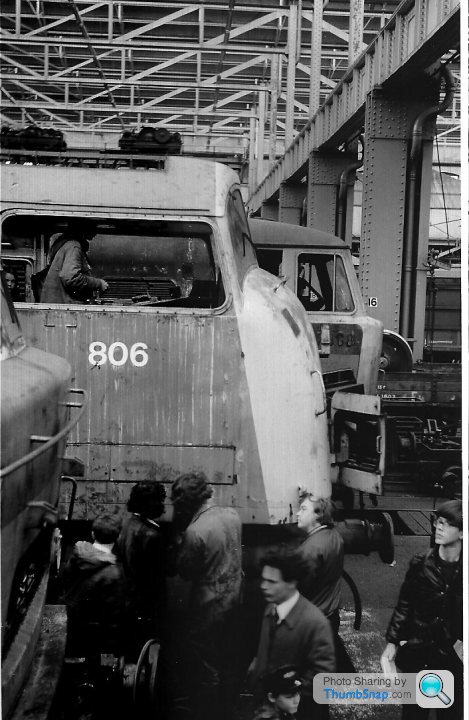
Bescot Down Tower again....
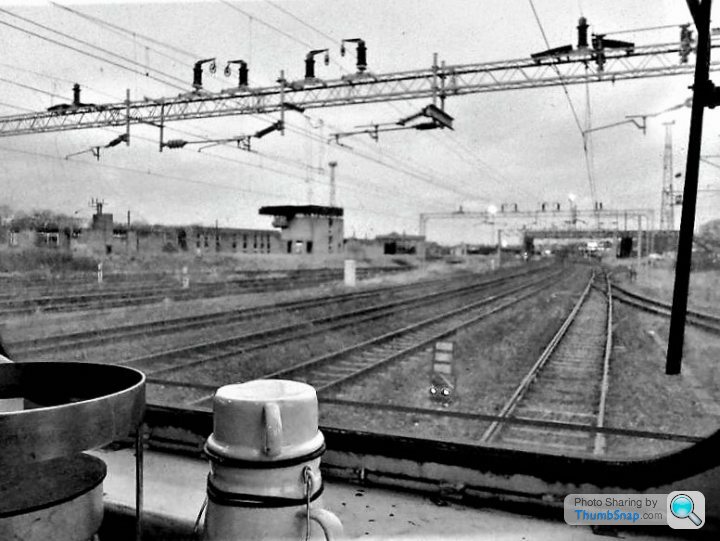
Couple of nice views of Nine Elms....
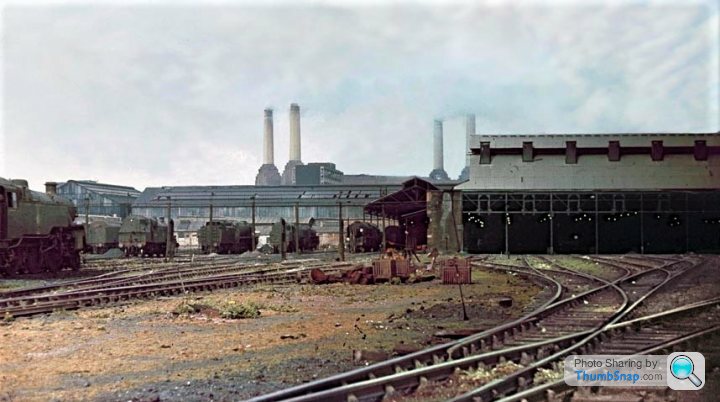
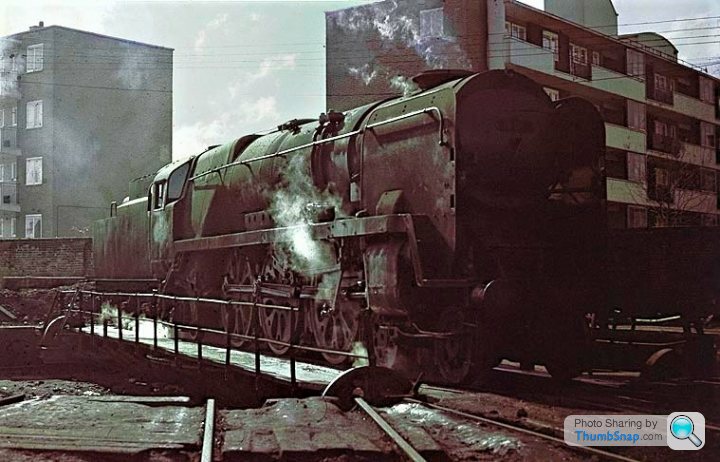
Toton Depot in the '70s....
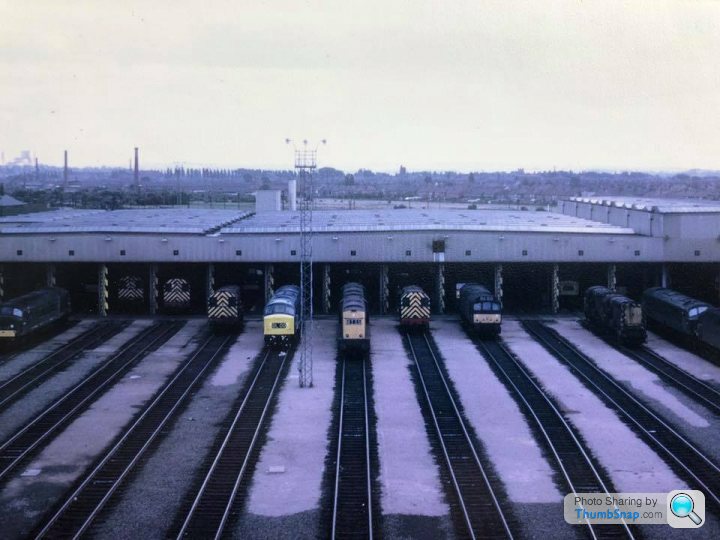
Crewe North stabling point in June 1969, D423 is still waiting to have its multiple working gear fitted on the front of the cab....

Newfangled AC electrics at Rugby Midland in 1966....

Swindon Works open day in 1974....



Bescot Down Tower again....

Couple of nice views of Nine Elms....


Toton Depot in the '70s....

Very quick question about route knowledge if I may.
Back in the 70s I remember going on excursions to various places. There and back in a day with usually a class 40 and about 10 or so Mk1 compartment stock. One or two I remember were Flixton to Bournemouth and Flixton to Windsor.
The service didn't, as far as I recall stop after Manchester Piccadilly, so how did these (presumably Longsight) drivers have such vast route knowledge?
SD.
Back in the 70s I remember going on excursions to various places. There and back in a day with usually a class 40 and about 10 or so Mk1 compartment stock. One or two I remember were Flixton to Bournemouth and Flixton to Windsor.
The service didn't, as far as I recall stop after Manchester Piccadilly, so how did these (presumably Longsight) drivers have such vast route knowledge?
SD.
shed driver said:
Very quick question about route knowledge if I may.
Back in the 70s I remember going on excursions to various places. There and back in a day with usually a class 40 and about 10 or so Mk1 compartment stock. One or two I remember were Flixton to Bournemouth and Flixton to Windsor.
The service didn't, as far as I recall stop after Manchester Piccadilly, so how did these (presumably Longsight) drivers have such vast route knowledge?
I am sure that did not work all the way through.
I worked a few "mystery trips" in the 70s. All we would be told was that we were to work the train from S Wales to, say, Crewe.
On arrival we would be relived by a set of Crewe men who had no idea where we had come from but knew the train was bound for Blackpool.
Home on the cushions for us - a long day for the tourists !
SD.
Back in the 70s I remember going on excursions to various places. There and back in a day with usually a class 40 and about 10 or so Mk1 compartment stock. One or two I remember were Flixton to Bournemouth and Flixton to Windsor.
The service didn't, as far as I recall stop after Manchester Piccadilly, so how did these (presumably Longsight) drivers have such vast route knowledge?
I am sure that did not work all the way through.
I worked a few "mystery trips" in the 70s. All we would be told was that we were to work the train from S Wales to, say, Crewe.
On arrival we would be relived by a set of Crewe men who had no idea where we had come from but knew the train was bound for Blackpool.
Home on the cushions for us - a long day for the tourists !
SD.
With some of those rail tours and excursions there was often the problem of the booked relief not signing the traction and the incoming driver's route knowledge reaching its limit, so the incoming driver would make a killing by staying on it and being conducted over the next part of the route by the relief driver. This happened a few times with some of the 'Western' rail tours that ran in late '76 and into early '77.
Bit of a thread bump but I've found some more interesting oldies to post. First up, the very first Brush Type 4 to be built D1500, almost fresh out of the box and lurking in the mist at Grantham on 29th December 1962, the start of the 'big freeze' which would last well into the following March....
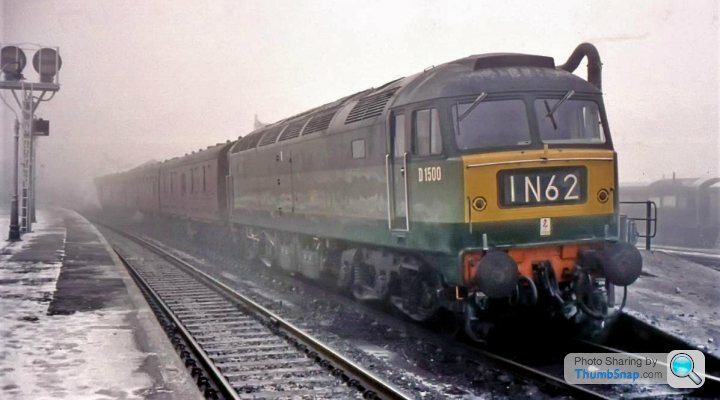
A mix of old and the new at Clapham Junction in 1967, along with some images from 'Up The Junction' which was filmed there that year....
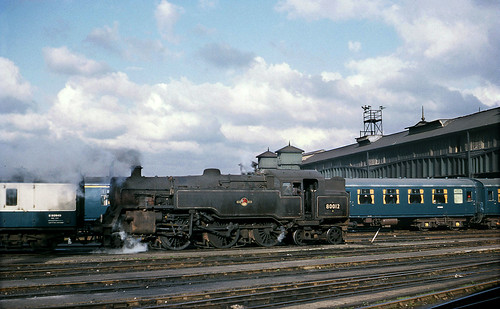

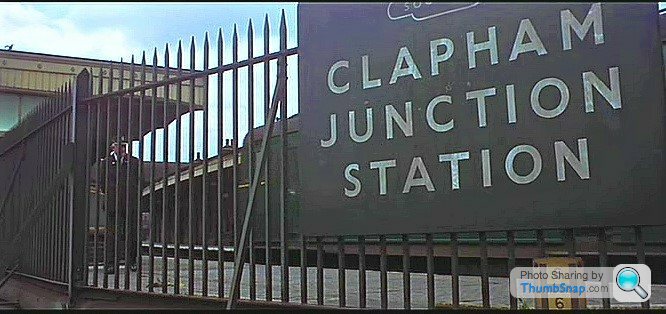
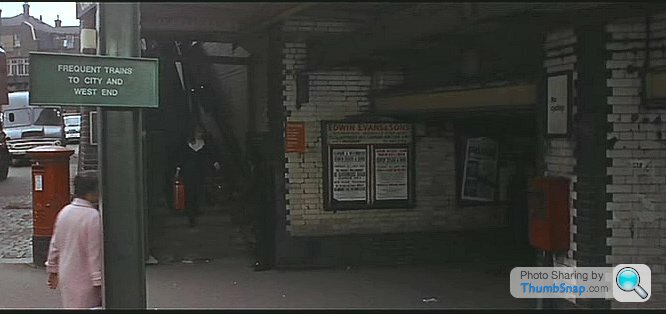
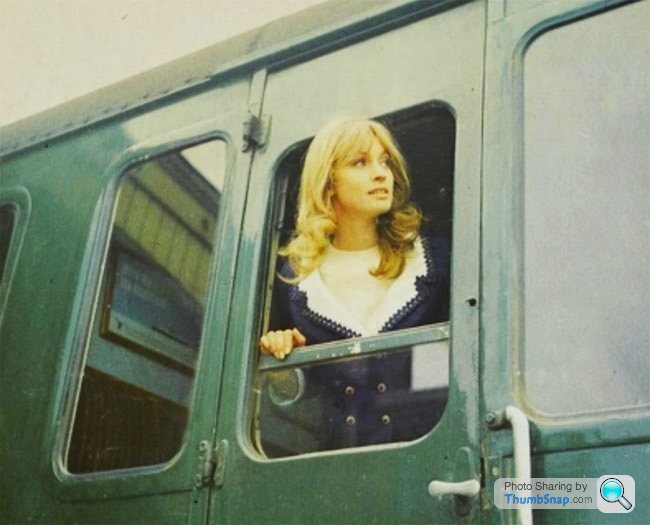
Dennis Waterman's old man was a porter at CJ at the time....
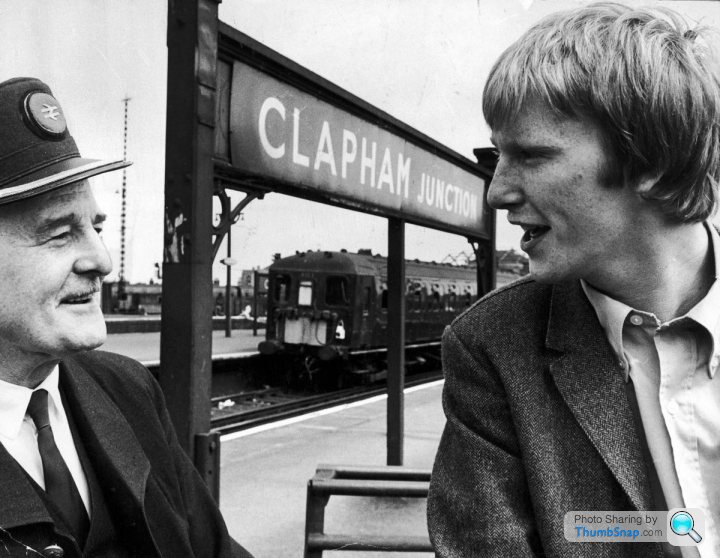
Some images from the Stanley Baker film 'Robbery' which was shot at Marylebone (briefly) and at various locations along the Rugby to Peterborough line in March / April '67, the loco, English Electric Type 4 D318 now resides at Tyseley railway museum...
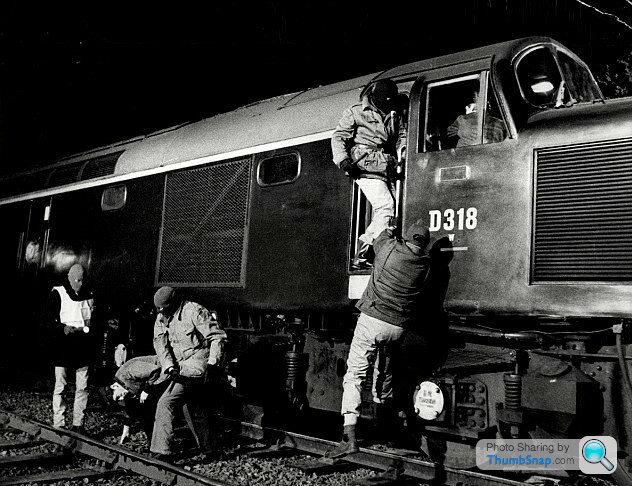
BR had closed the line in June '66 so when the film crew arrived in March '67 they had to clean the tops of the rails which had gone rusty....
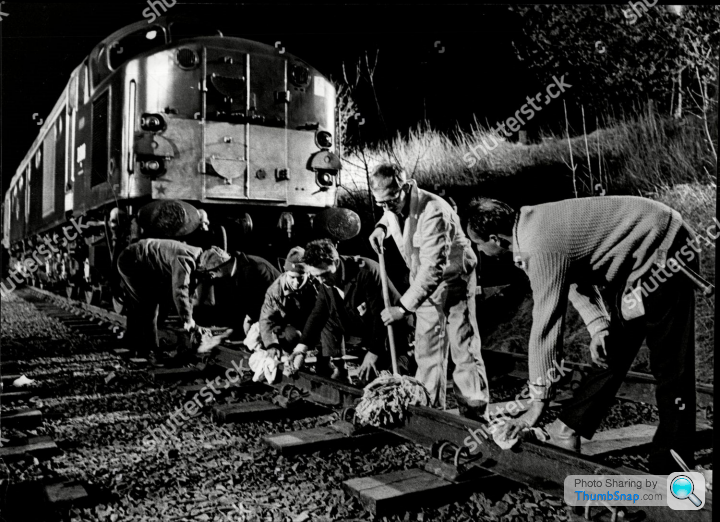
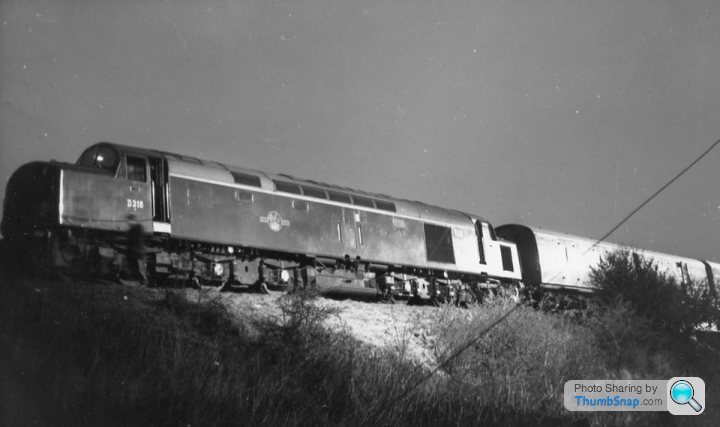
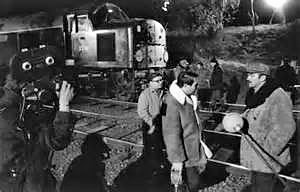
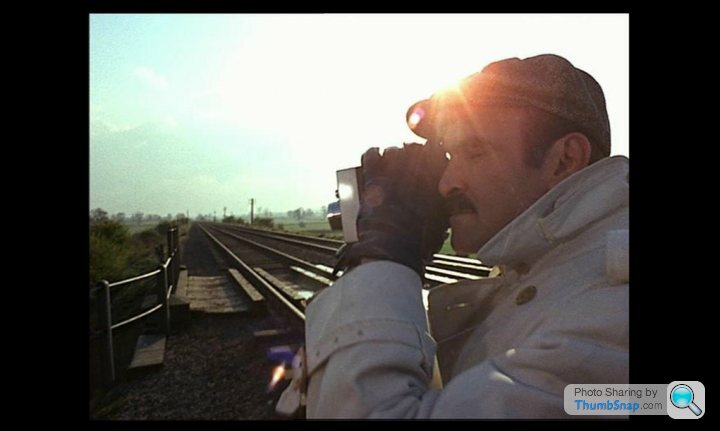
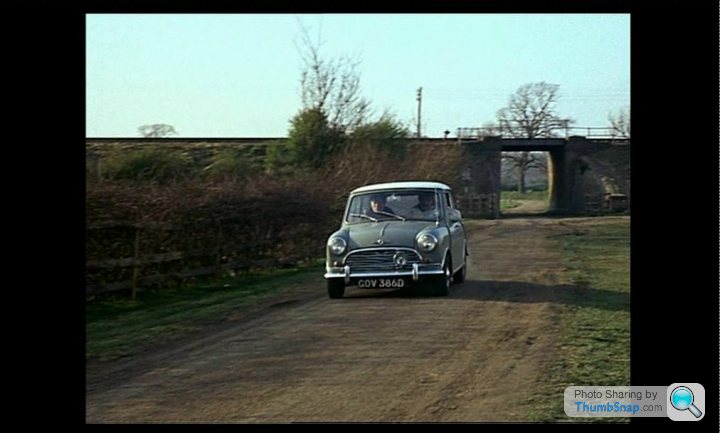
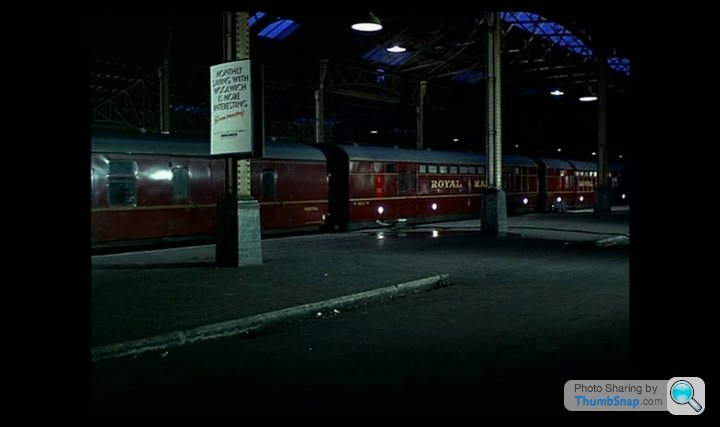
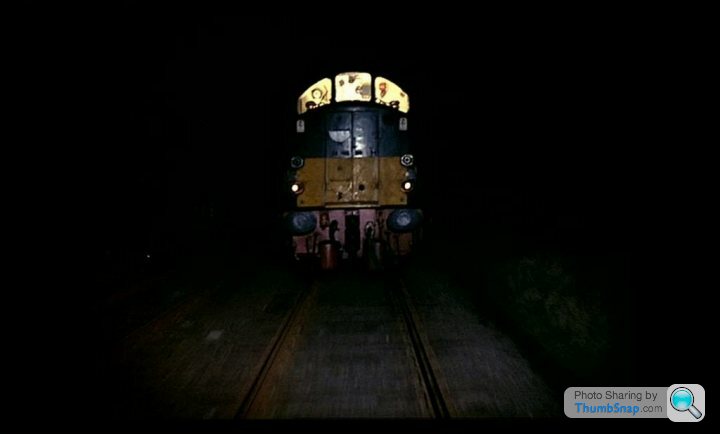
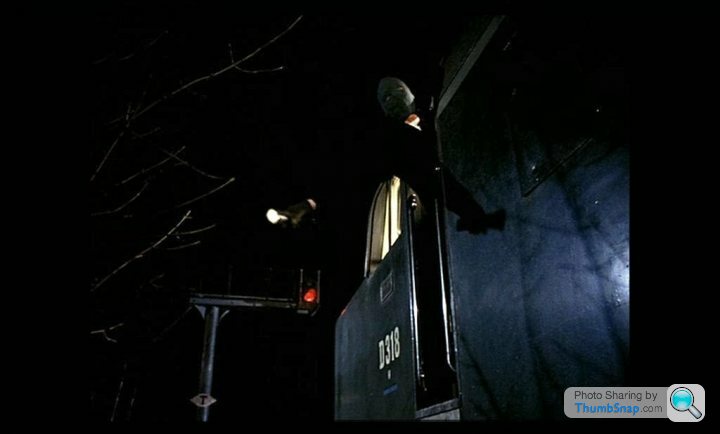
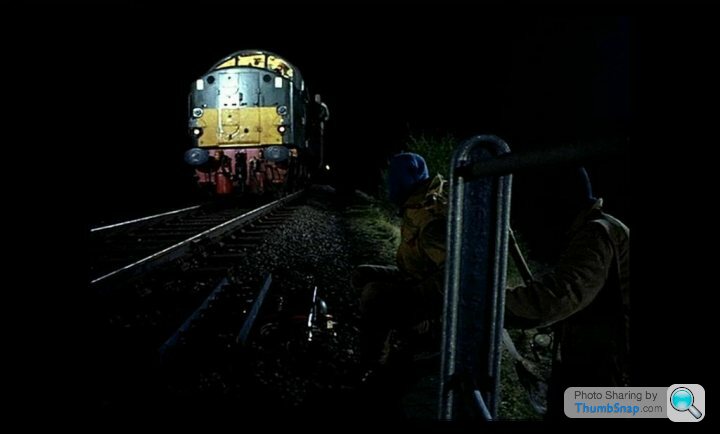
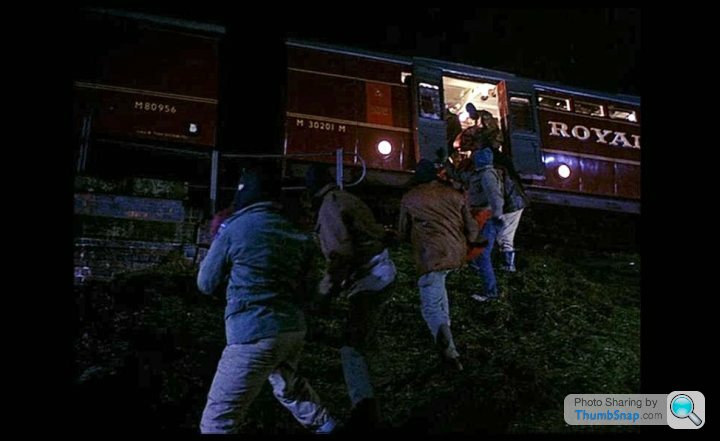
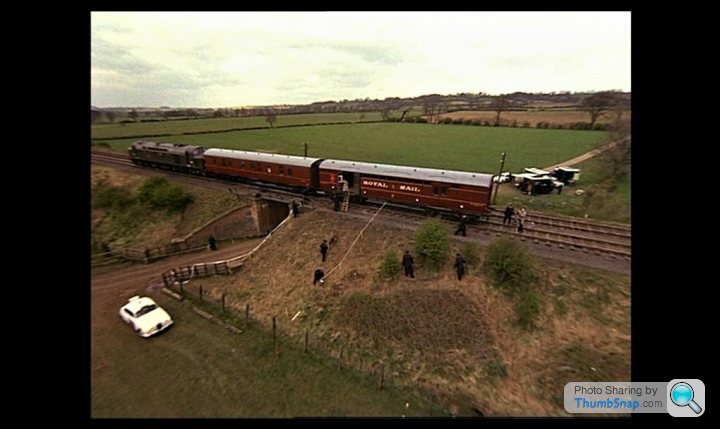
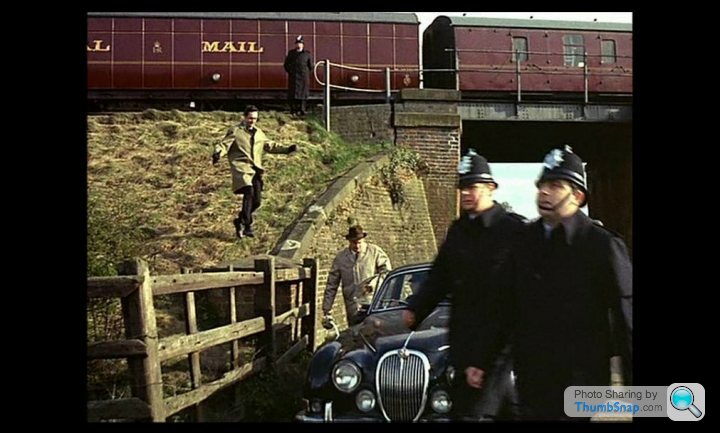
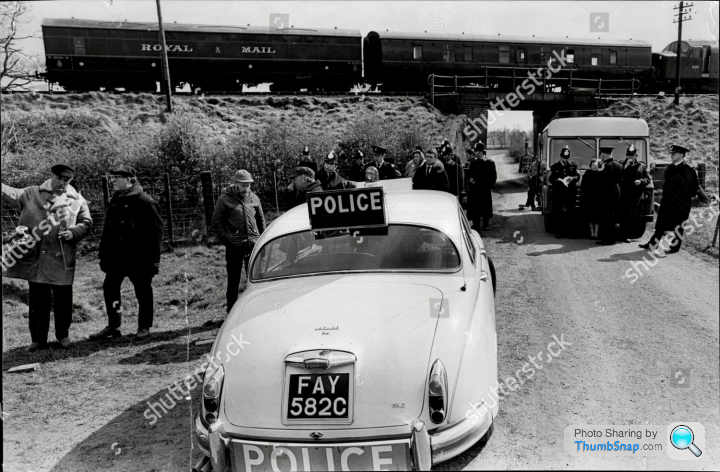
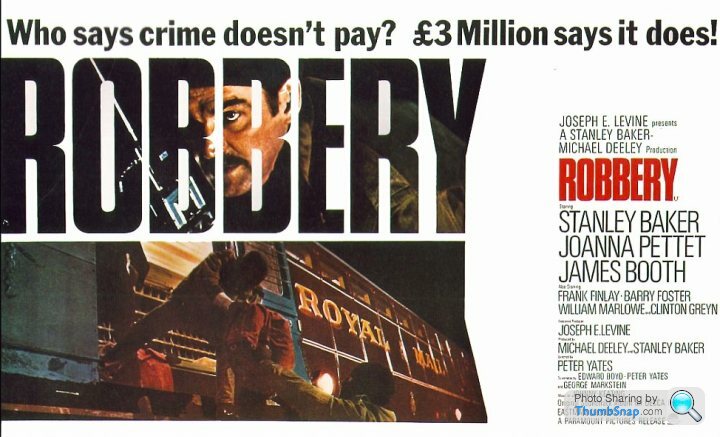
A few years ago a mate and I went to have a look at the bridge near Theddingworth where the robbery sequence was filmed....
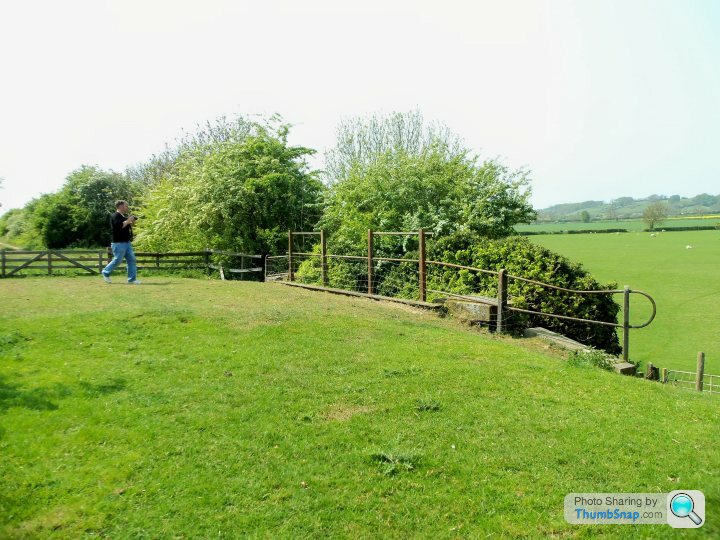
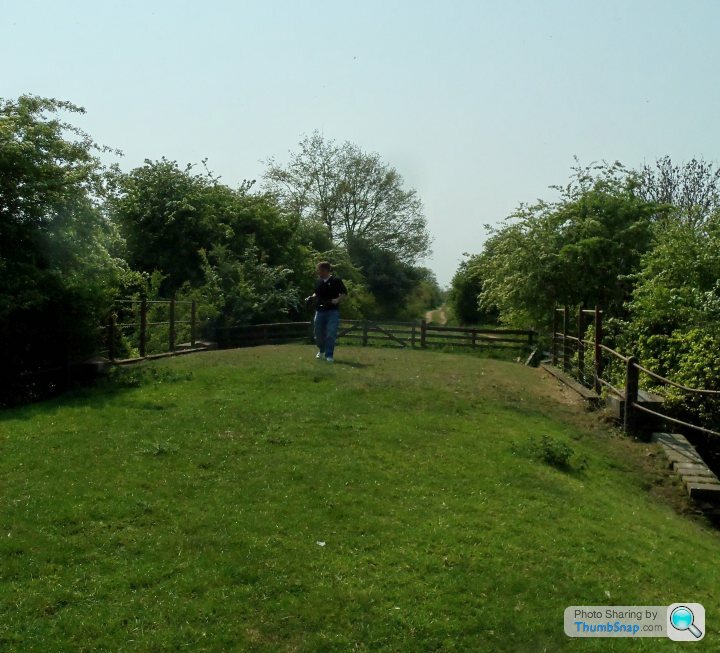
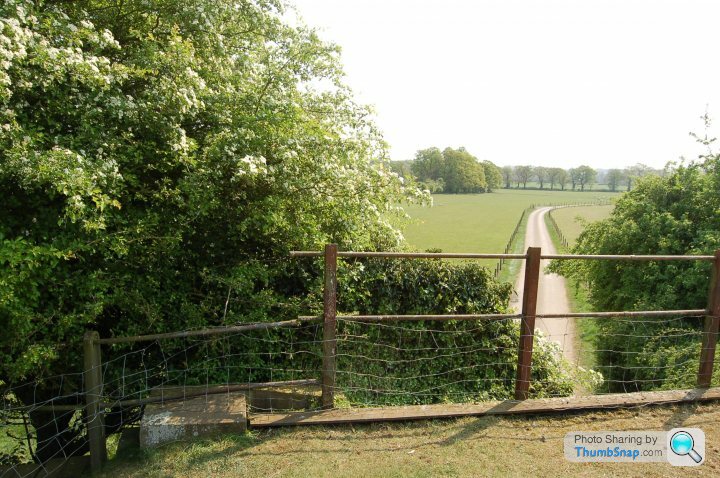
When the filming was over Baker threw a party in the pub in Theddingworth for the train crews who were involved in the filming, by all accounts a good time was had by all

A mix of old and the new at Clapham Junction in 1967, along with some images from 'Up The Junction' which was filmed there that year....





Dennis Waterman's old man was a porter at CJ at the time....

Some images from the Stanley Baker film 'Robbery' which was shot at Marylebone (briefly) and at various locations along the Rugby to Peterborough line in March / April '67, the loco, English Electric Type 4 D318 now resides at Tyseley railway museum...

BR had closed the line in June '66 so when the film crew arrived in March '67 they had to clean the tops of the rails which had gone rusty....














A few years ago a mate and I went to have a look at the bridge near Theddingworth where the robbery sequence was filmed....



When the filming was over Baker threw a party in the pub in Theddingworth for the train crews who were involved in the filming, by all accounts a good time was had by all

Edited by P5BNij on Saturday 15th January 16:29
rickygolf83 said:
Fantastic thread, a great read from start to finish!
Thanks for posting folks, keep 'em coming please
Thanks, will do - in the meantime here's a short clip of a trip across the Thames in 1967 on the West London Line....Thanks for posting folks, keep 'em coming please

https://www.youtube.com/watch?v=3JwuF6vi45g&t=...
Stevepolly said:
For the uninitiated (me) what is a diesel hydraulic? What do the hydraulics do?
It’s the final drive system, think of it like a giant automatic gearbox, which acts a torque converter, to allow the Diesel engine to develop power at fairly high revs, to be converted to lots of torque at the wheels.The majority of Diesel locos in the UK were diesel electric, which uses a uses the engine to turn a generator, which in turn drives electric motors which turn the wheels.
BR standardised on diesel electric, so couldn’t live with the Hydaulics, which were always confined to the Western region anyway.
It’s a quirk of Railway History that the Great Western Railway and later the Western region of BR always wanted do something different to everyone else.
velocemitch said:
Stevepolly said:
For the uninitiated (me) what is a diesel hydraulic? What do the hydraulics do?
It’s the final drive system, think of it like a giant automatic gearbox, which acts a torque converter, to allow the Diesel engine to develop power at fairly high revs, to be converted to lots of torque at the wheels.The majority of Diesel locos in the UK were diesel electric, which uses a uses the engine to turn a generator, which in turn drives electric motors which turn the wheels.
BR standardised on diesel electric, so couldn’t live with the Hydaulics, which were always confined to the Western region anyway.
It’s a quirk of Railway History that the Great Western Railway and later the Western region of BR always wanted do something different to everyone else.
Gareth1974 said:
velocemitch said:
Stevepolly said:
For the uninitiated (me) what is a diesel hydraulic? What do the hydraulics do?
It’s the final drive system, think of it like a giant automatic gearbox, which acts a torque converter, to allow the Diesel engine to develop power at fairly high revs, to be converted to lots of torque at the wheels.The majority of Diesel locos in the UK were diesel electric, which uses a uses the engine to turn a generator, which in turn drives electric motors which turn the wheels.
BR standardised on diesel electric, so couldn’t live with the Hydaulics, which were always confined to the Western region anyway.
It’s a quirk of Railway History that the Great Western Railway and later the Western region of BR always wanted do something different to everyone else.
Though I’m rather partial to the sound of the big English Electric 16 Cylinders myself. I never knew the Hydaulics, I wasn’t allowed that far south until it was too late.
velocemitch said:
Stevepolly said:
For the uninitiated (me) what is a diesel hydraulic? What do the hydraulics do?
It’s the final drive system, think of it like a giant automatic gearbox, which acts a torque converter, to allow the Diesel engine to develop power at fairly high revs, to be converted to lots of torque at the wheels.The majority of Diesel locos in the UK were diesel electric, which uses a uses the engine to turn a generator, which in turn drives electric motors which turn the wheels.
BR standardised on diesel electric, so couldn’t live with the Hydaulics, which were always confined to the Western region anyway.
It’s a quirk of Railway History that the Great Western Railway and later the Western region of BR always wanted do something different to everyone else.
The high revving Maybach engines in the Westerns were something to behold, thankfully seven of the seventy four built have been preserved, one of which D1015 'Western Champion' is mainline certificated.
Paddington in March 1965, D1020 'Western Hero' looks shockingly new alongside 7029 'Clun Castle'....

The Westerns carried several different liveries, the first one built D1000 'Western Enterprise' was painted 'desert sand' and was unique in that it carried cast alloy crests at one end on each side....
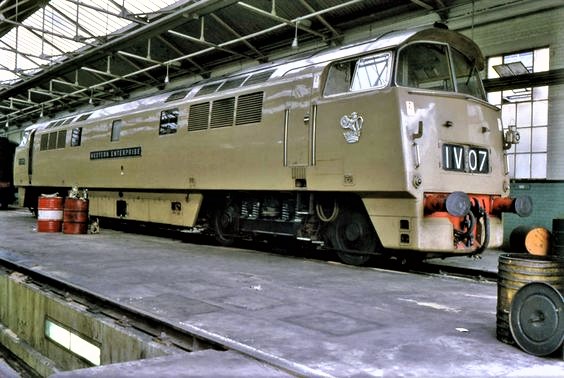
In late 1964 it was repainted in maroon livery but kept the crests (these were removed in 1967 when it was repainted in the newfangled rail blue)....

Seven of the class were painted in green livery when new....
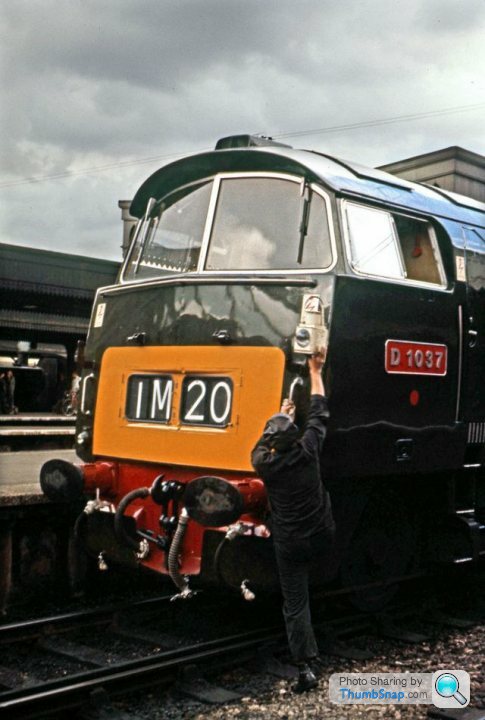
D1015 was painted 'golden ochre' when new in early 1963, it ran like this until 1965 when it was repainted into the (by then) standard maroon....
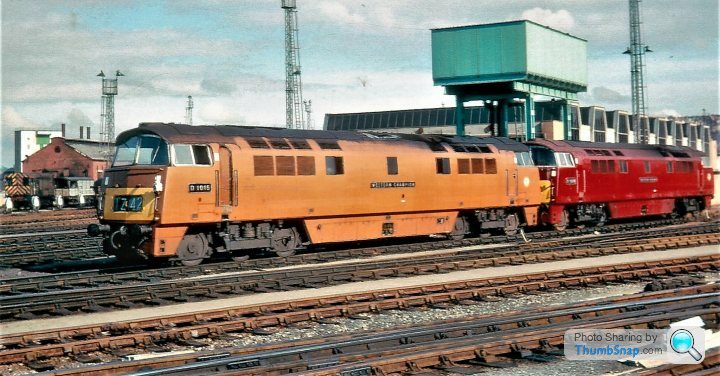
In November 2007 I visited my old stomping ground at Old Oak where D1015 was being kept at the time....
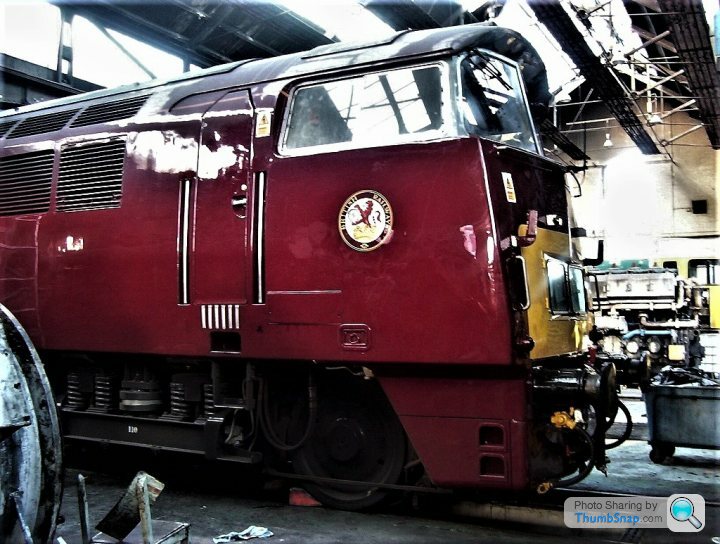

In April 2008 some of us had a works jolly boys outing with D1015 on a Paddington to Penzance railtour, I blagged a cabride between Exeter and Plymouth as the Traction Inspector on board was the chap who passed me out for driving, the noise was incredible and a dvd was made of the trip....


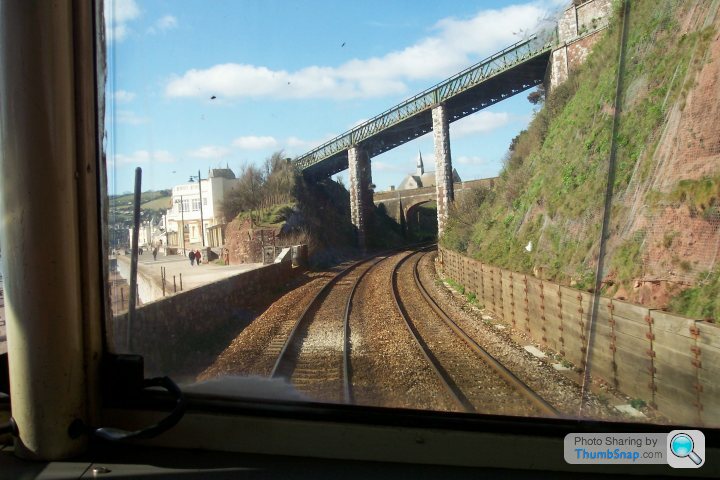
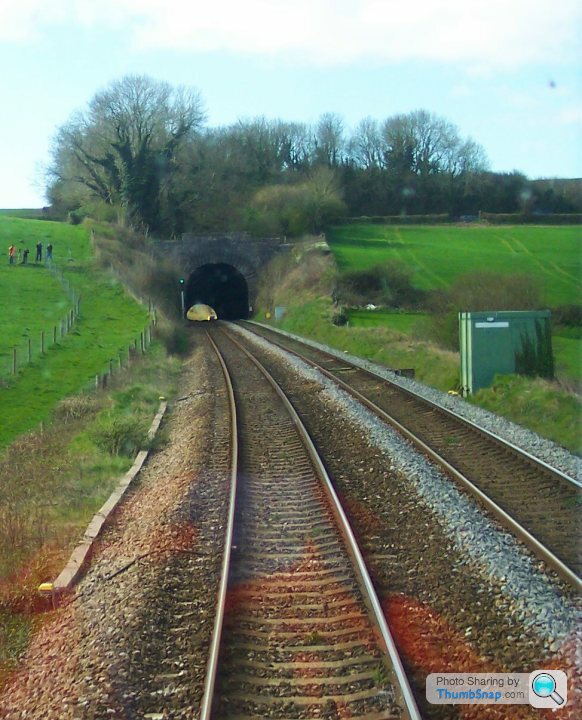
After being almost deafened in the cab I rejoined the train for the run down through Cornwall....

Back in 1970 D1000 worked a Royal train to Newbury Racecourse, Old Oak's senior driver Bertie Miles was in the chair....
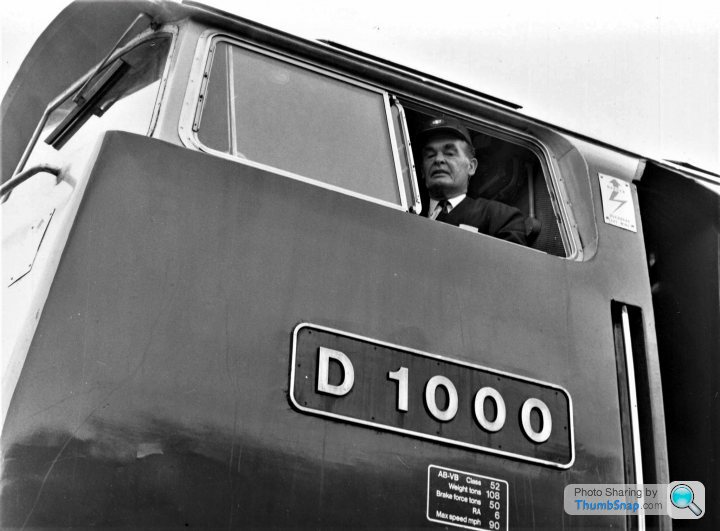
As well as the larger Warship and Western class Hydraulics there was also a fleet of fifty eight 'baby Warships' built by North British in Glasgow with MAN engines, they were used on local passenger, freight and parcels traffic and gained a reputation for being somewhat unreliable, but once their foibles had been sorted out by the fitters their failure rate improved greatly. The batch allocated to Old Oak spent most of their time working empty stock in and out of Paddington and on local freight trip work at Acton, Park Royal, Southall etc....
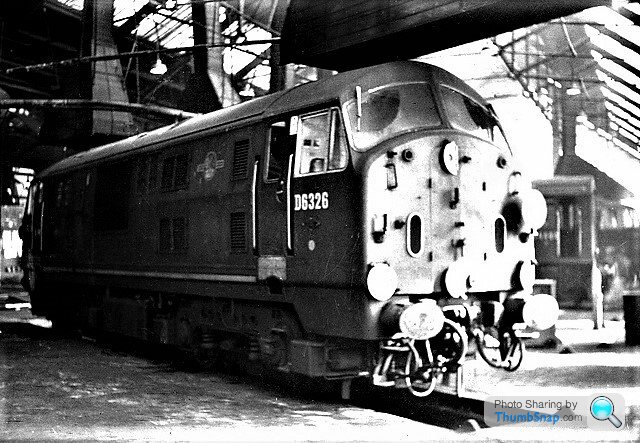
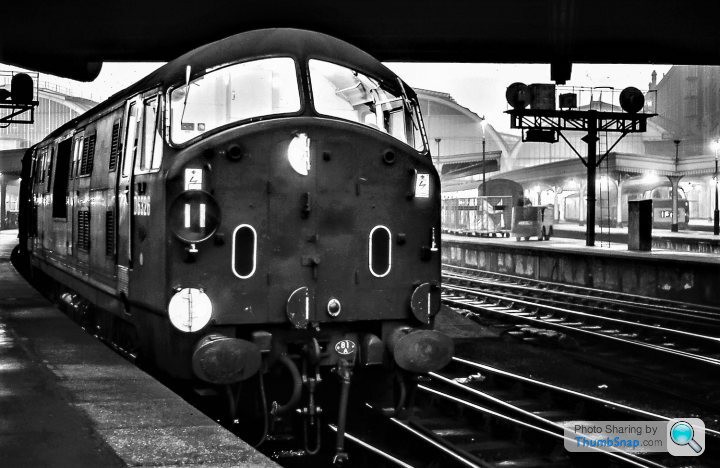
A hundred and one Hymeks were built as mixed traffic locos between 1961 and 1964, they were used on pretty much everything and were very good performers for their size and weight, they had a single Maybach engine, this is D7018 at Paddington on the early '70s, it's now preserved on the West Somerset Railway....

Some of the old hands of Old Oak....
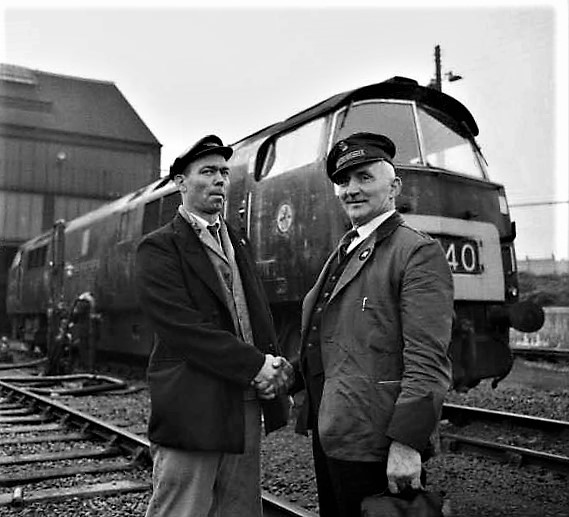



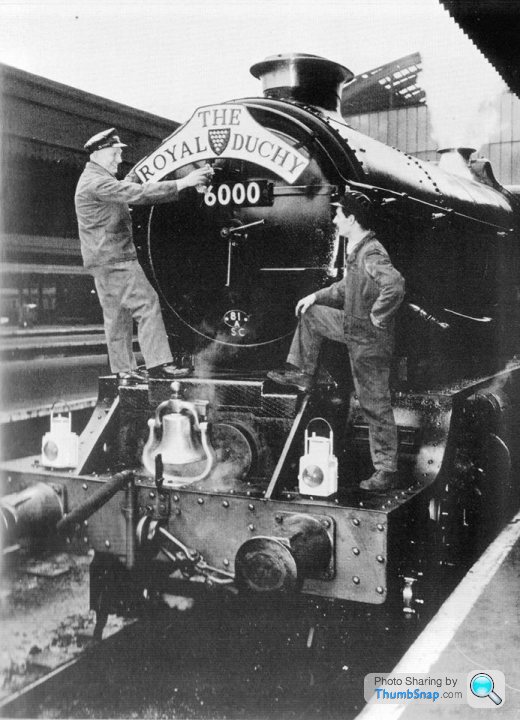
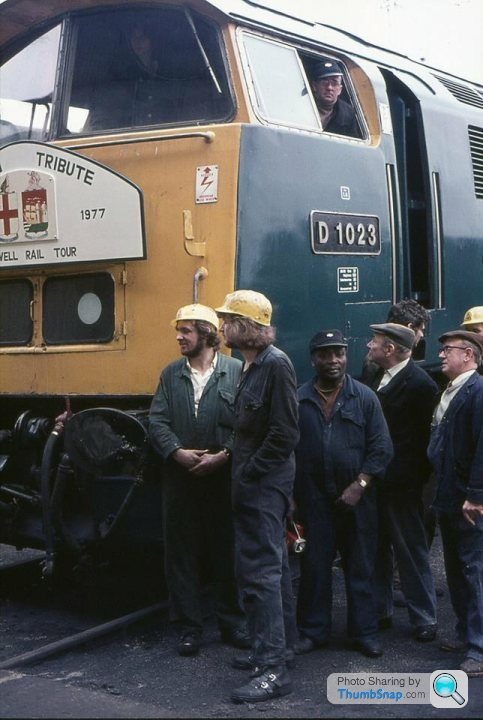
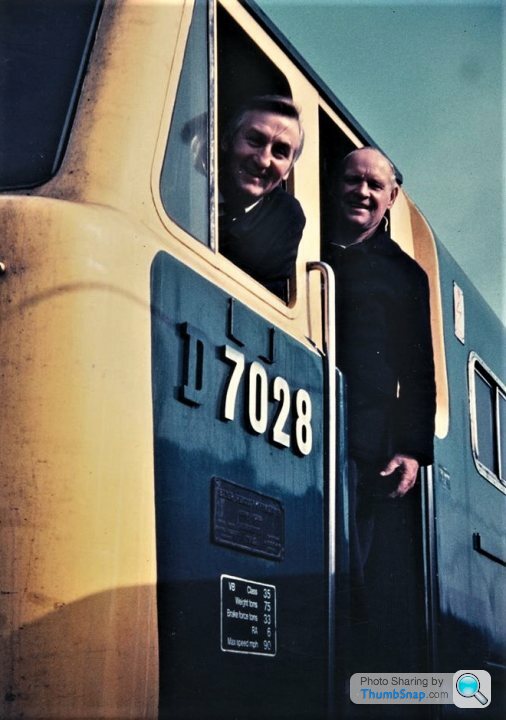
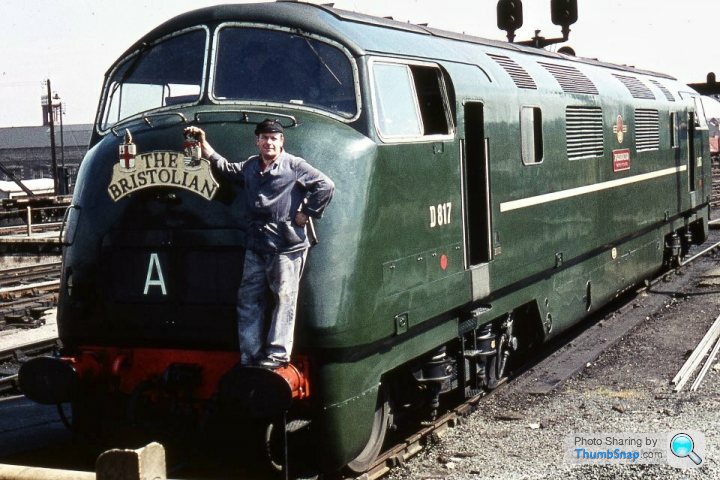
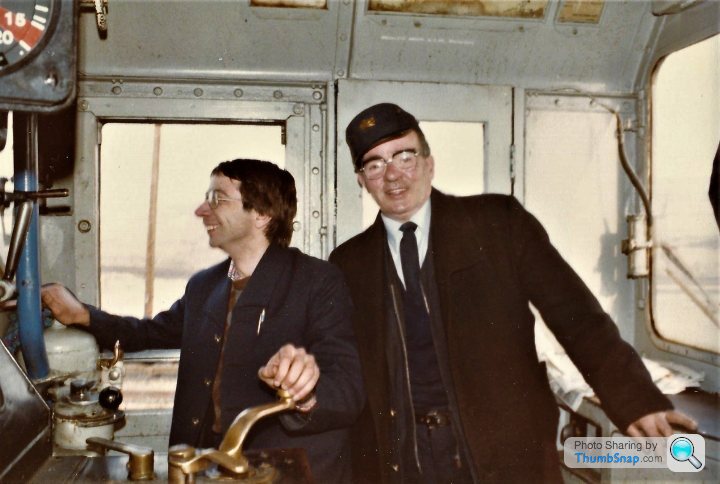


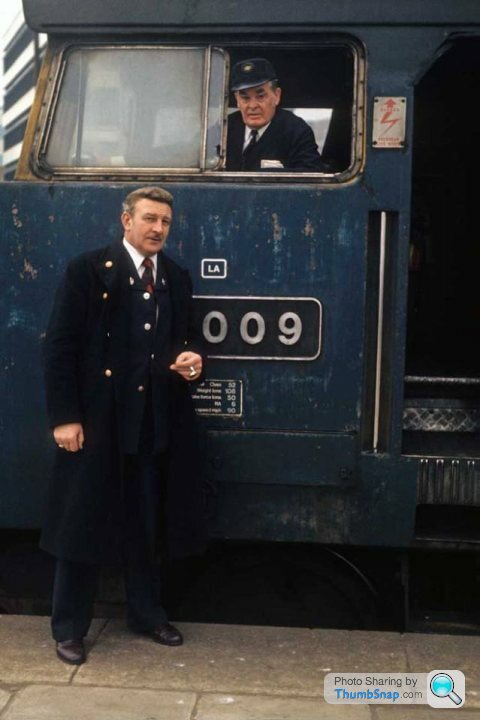
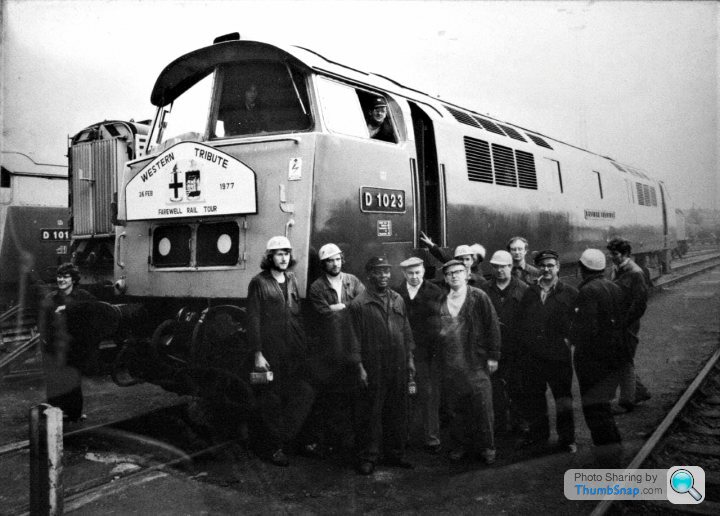

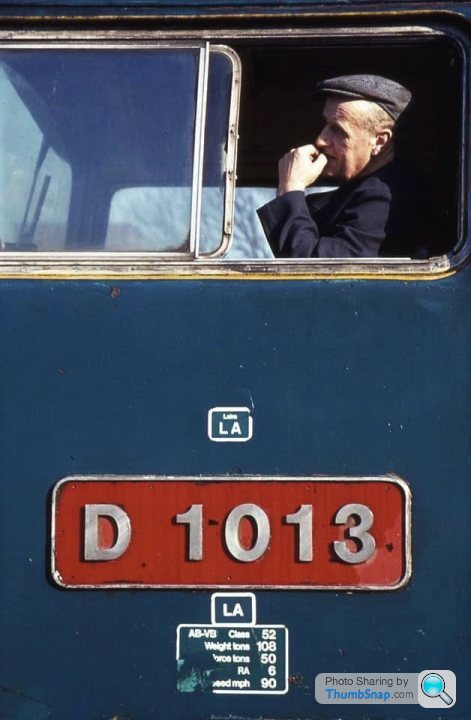
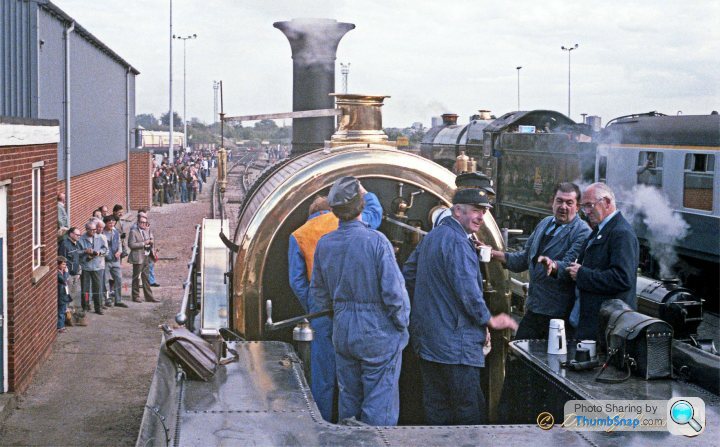
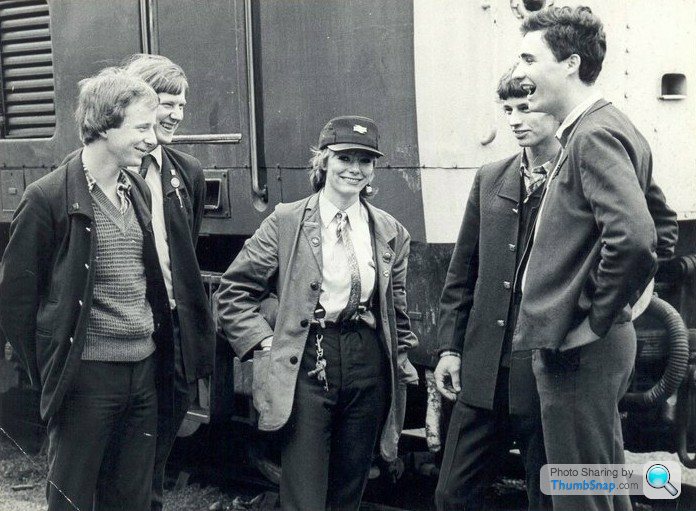
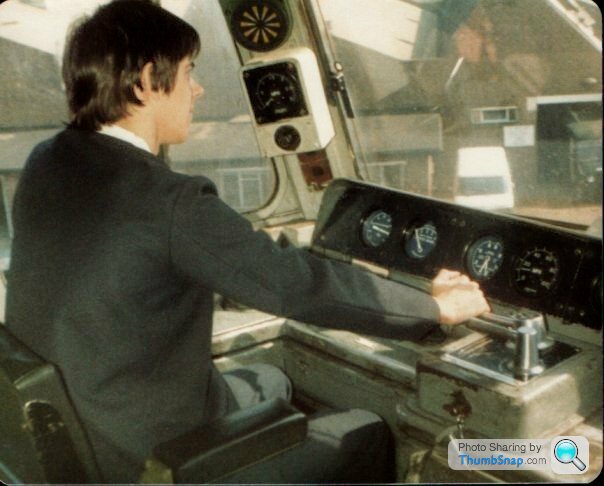


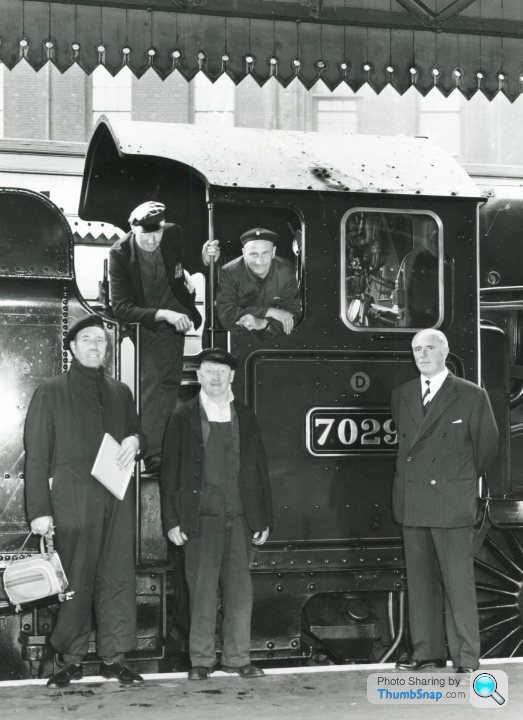
Paddington in March 1965, D1020 'Western Hero' looks shockingly new alongside 7029 'Clun Castle'....

The Westerns carried several different liveries, the first one built D1000 'Western Enterprise' was painted 'desert sand' and was unique in that it carried cast alloy crests at one end on each side....

In late 1964 it was repainted in maroon livery but kept the crests (these were removed in 1967 when it was repainted in the newfangled rail blue)....

Seven of the class were painted in green livery when new....

D1015 was painted 'golden ochre' when new in early 1963, it ran like this until 1965 when it was repainted into the (by then) standard maroon....

In November 2007 I visited my old stomping ground at Old Oak where D1015 was being kept at the time....


In April 2008 some of us had a works jolly boys outing with D1015 on a Paddington to Penzance railtour, I blagged a cabride between Exeter and Plymouth as the Traction Inspector on board was the chap who passed me out for driving, the noise was incredible and a dvd was made of the trip....




After being almost deafened in the cab I rejoined the train for the run down through Cornwall....

Back in 1970 D1000 worked a Royal train to Newbury Racecourse, Old Oak's senior driver Bertie Miles was in the chair....

As well as the larger Warship and Western class Hydraulics there was also a fleet of fifty eight 'baby Warships' built by North British in Glasgow with MAN engines, they were used on local passenger, freight and parcels traffic and gained a reputation for being somewhat unreliable, but once their foibles had been sorted out by the fitters their failure rate improved greatly. The batch allocated to Old Oak spent most of their time working empty stock in and out of Paddington and on local freight trip work at Acton, Park Royal, Southall etc....


A hundred and one Hymeks were built as mixed traffic locos between 1961 and 1964, they were used on pretty much everything and were very good performers for their size and weight, they had a single Maybach engine, this is D7018 at Paddington on the early '70s, it's now preserved on the West Somerset Railway....

Some of the old hands of Old Oak....





















[quote=P5BNij]The high revving Maybach engines in the Westerns were something to behold, thankfully seven of the seventy four built have been preserved, one of which D1015 'Western Champion' is mainline certificated.
Paddington in March 1965, D1020 'Western Hero' looks shockingly new alongside 7029 'Clun Castle'....

Clun Castle going on to have the last laugh of course.
Having read this thread over the weekend I took a good look at Old Oak Common as I rode past yesterday. What's that building they're throwing up between the main line and the carriage sidings/stabling area whatever you call a place where EMUs are kept?
Paddington in March 1965, D1020 'Western Hero' looks shockingly new alongside 7029 'Clun Castle'....

Clun Castle going on to have the last laugh of course.
Having read this thread over the weekend I took a good look at Old Oak Common as I rode past yesterday. What's that building they're throwing up between the main line and the carriage sidings/stabling area whatever you call a place where EMUs are kept?
Yertis said:
P5BNij said:
The high revving Maybach engines in the Westerns were something to behold, thankfully seven of the seventy four built have been preserved, one of which D1015 'Western Champion' is mainline certificated.
Paddington in March 1965, D1020 'Western Hero' looks shockingly new alongside 7029 'Clun Castle'....

Clun Castle going on to have the last laugh of course.
Having read this thread over the weekend I took a good look at Old Oak Common as I rode past yesterday. What's that building they're throwing up between the main line and the carriage sidings/stabling area whatever you call a place where EMUs are kept?
Something to do with Crossrail I think but happy to be corrected. I still pass over Old Oak when I working one of our trains from Wembley to Battersea on the West London line, looking down towards the depot I still can't believe how much it's changed since I left, all trace of the loco depot has vanished, but at least the turntable has survived as it went to the Swanage line.Paddington in March 1965, D1020 'Western Hero' looks shockingly new alongside 7029 'Clun Castle'....

Clun Castle going on to have the last laugh of course.
Having read this thread over the weekend I took a good look at Old Oak Common as I rode past yesterday. What's that building they're throwing up between the main line and the carriage sidings/stabling area whatever you call a place where EMUs are kept?
Gassing Station | Boats, Planes & Trains | Top of Page | What's New | My Stuff



